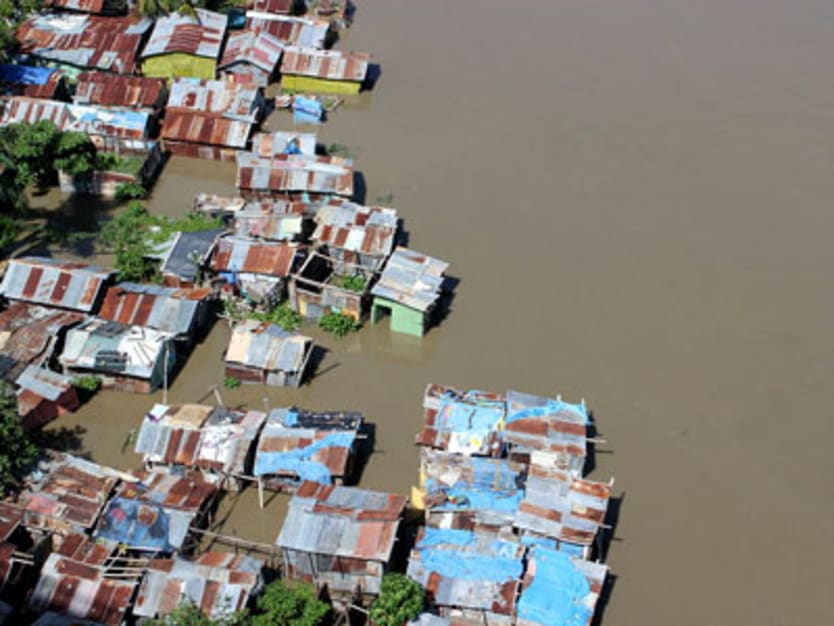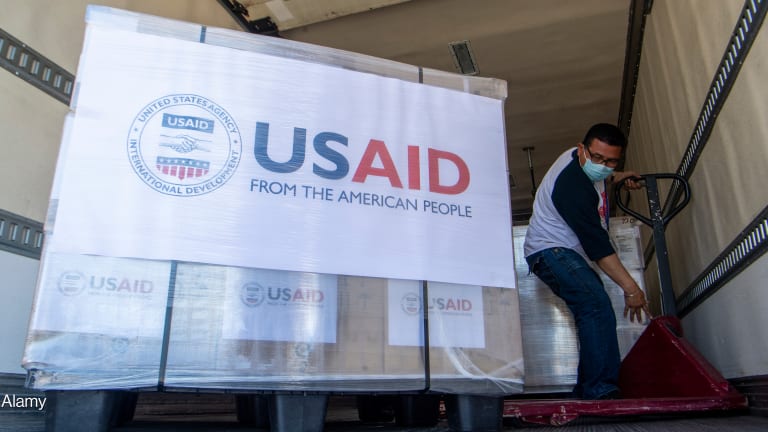
Two of the world’s leading humanitarian agencies have launched a campaign to raise awareness of the vast majority of disaster relief initiatives that never gain media coverage.
Nine out of 10 disaster relief initiatives are too small-scale to ever make the news, the International Federation of Red Cross and Red Crescent Societies and the European Commission’s humanitarian branch will argue as part of their 4-week campaign, launched Feb. 18, which will engage European media, movie goers and social media users with news and images depicting little-known recent humanitarian incidents and epidemics.
IFRC Secretary General Bekele Geleta and Kristalina Georgieva, the EU’s commissioner for international cooperation, humanitarian aid and crisis response, made their case in an guest opinion piece published by Devex.
“The bottom line is we need to change our way of thinking and adapt in the face of this ever-present reality of more disasters and their devastating toll on people’s lives,” Georgieva and Geleta wrote.
The humanitarian leaders cited the month of October 2012, when the damage done by Hurricane Sandy to the U.S. East Coast dominated news headlines even though the storm had wreaked havok on several other Caribbean states as well, killing even more people than in the United States. Several other humanitarian emergencies never made the news at all, Georgieva and Gelata noted.
Despite the scale of the food crisis in Mali, affecting about 12 percent of the population or 2 million people, international news of political instability and violence continues to dominate headlines, with few exceptions. In Lesotho, 725,000 people, constituting a third of the country, is experiencing an ongoing food crisis which has also been largely underreported, according to ECHO, the agency Georgieva oversees.
“Small-scale disasters may not reach our TV screens, but they still cast painful blows to millions of people every year, destroying their homes and livelihoods,” Georgieva said at Monday’s campaign launch.
In 1992, 221 disasters affected 78 million people and caused $70 billion in economic damage, according to the Center for Research of the Epidemiology of Disasters. In 2011, those rates jumped significantly, to 336 natural disasters worldwide impacting 209 million victims, totaling $336 billion.
By 2015, more than 375 million people a year – making up a 79 percent increase from 2011 – are likely to be affected by climate-related disasters.
Read more development aid news online, and subscribe to The Development Newswire to receive top international development headlines from the world’s leading donors, news sources and opinion leaders — emailed to you FREE every business day.








